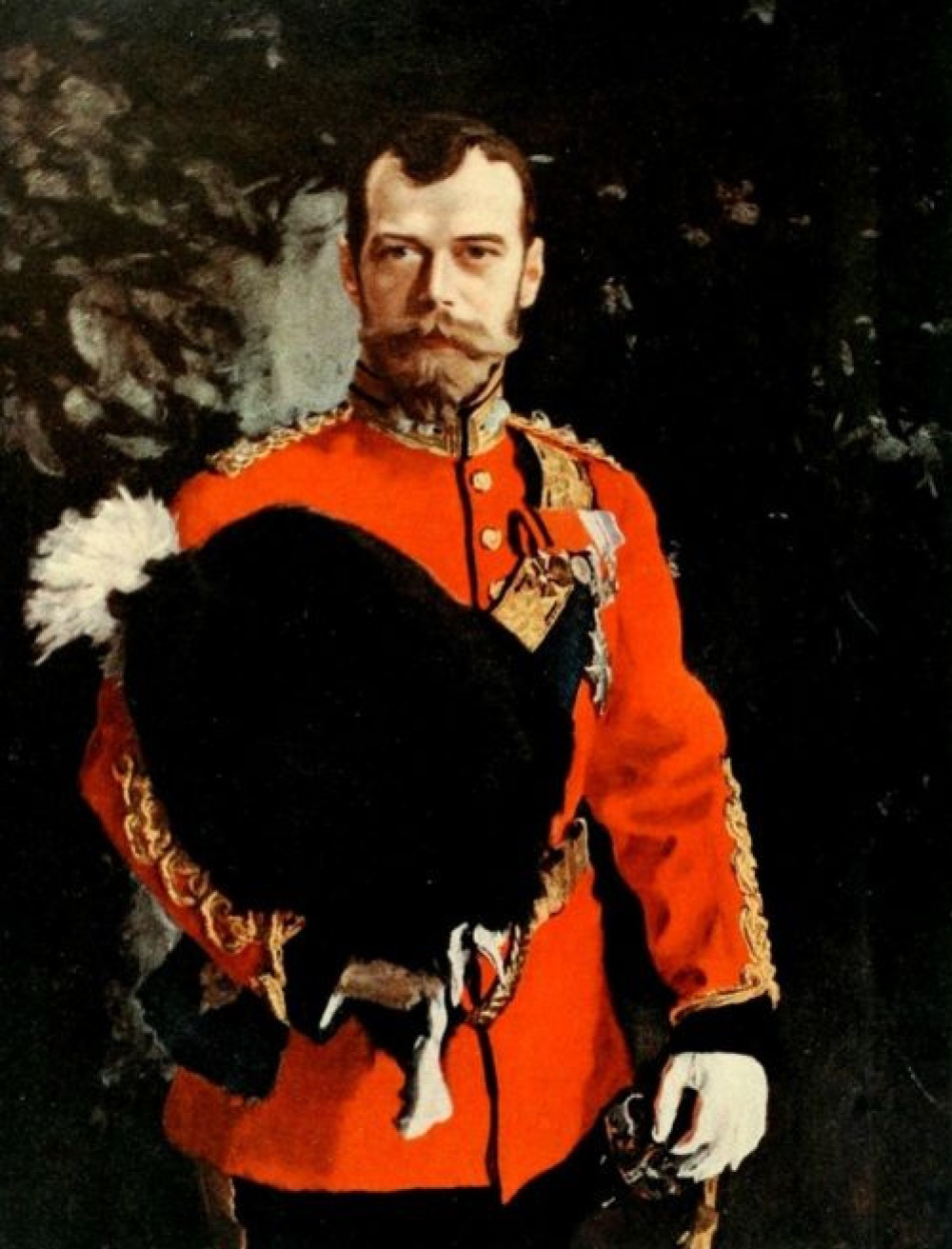Who made a copy of the Emperor’s portrait in a grey jacket?
By Oksana Kopenkina, art analyst and founder of the Russian-language Arts Diary website
The famous ‘Portrait of Nicholas II’ by Valentin Serov, displayed at the Tretyakov Gallery, is not the original.
This explains a lot because the portrait is extremely unusual: it was painted in thick wide strokes, as if it were a sketch. It is hard to believe that in 1900 the Imperial Family would have approved of such a style. Surely this would have been regarded as negligence. The original of the portrait was, of course, more detailed. It is also surprising that the portrait is not ceremonial… The Tsar is depicted in the double-breasted jacket of the Preobrazhensky Life-Guards Regiment, which he wore every day.
Why was Serov allowed to paint such a portrait of the Tsar? In fact, the artist initially, as expected, painted a formal portrait of Nicholas II. But in this portrait he is in an unusual uniform. The fact is that in 1896 Queen Victoria appointed Nicholas II the honorary title of Colonel-in-Chief of the Royal Scots Greys.
A huge black spot on the portrait formed by headwear in the area of the sovereign’s chest looks ominous, as if foreshadowing a tragedy.
Nicholas II presented the portrait to that very regiment. The painting is now at the Scottish National Gallery.
But simultaneously with this ceremonial portrait Serov also painted the Tsar’s portrait in a modest grey jacket as a gift to Tsarina Alexandra Feodorovna.
Until 1917 this portrait was kept in the private chambers of Nicholas II’s wife. The original! But, of course, no one saw it. And in theory, it could not have ended up in the museum at that time. But one day a foreign photographer was allowed to take a photo of this portrait. And then, in 1913, the Russian artist Mikhail Rundaltsov made an engraving from this photo, which is kept at the Russian Museum. And from it we can imagine what the original looked like.

Note that this portrait has a slightly different look compared to the copy from the Tretyakov Gallery, as well as more thorough details.
In 1917 the sailors who broke into the Winter Palace and the Empress’ private quarters pierced Nicholas II’s portrait with bayonets… Serov had died a few years before. So who made a copy of this portrait for the Tretyakov Gallery? This is an interesting story, and it happened in 1900.
…When Valentin Serov was working on the Emperor’s portrait in a double-breasted jacket, Tsarina Alexandra Feodorovna started criticising his work. In her opinion, it was necessary to correct something in some places. Dumbfounded, Serov suggested that she finish the portrait herself. She blushed and left the room offended…
Serov understood from her reaction that the portrait’s fate would be vague. And just in case he made… a copy! And since Serov made the copy for himself, he was a little more outspoken. And he painted the Tsar’s look a little sadder and more thoughtful. Here Nicholas II is just a man.
And most importantly, the painting has a secret. If you look at it from close up, every stroke is visible. And we cannot but feel that the portrait is unfinished. But if you move a little further, the portrait comes alive! Paradoxically, the broad strokes create an incredibly realistic image.
An episode from Serov’s life illustrates this well. Once the artist came to the editorial office of The World of Art magazine for a meeting. And he had Nicholas II’s portrait (perhaps he was taking it to the Winter Palace) with him. The artist arrived before everyone else and decided to put the portrait on a chair in front of the table. Folded hands were at the level of the table’s surface, as if the monarch had really put them on the table. Serov masked the top of the painting with drapery. As a result, a complete illusion of Nicholas II sitting at the table was created.
People began to come and… almost everyone froze in fright or recoiled at the sight of the ‘living Tsar.’




